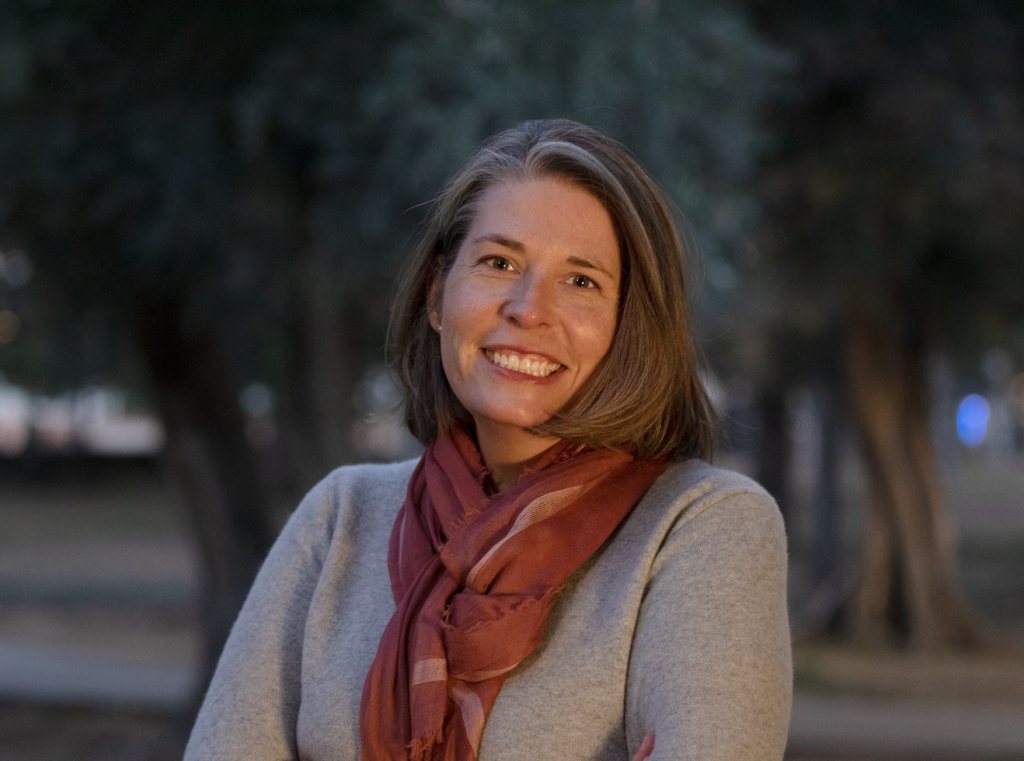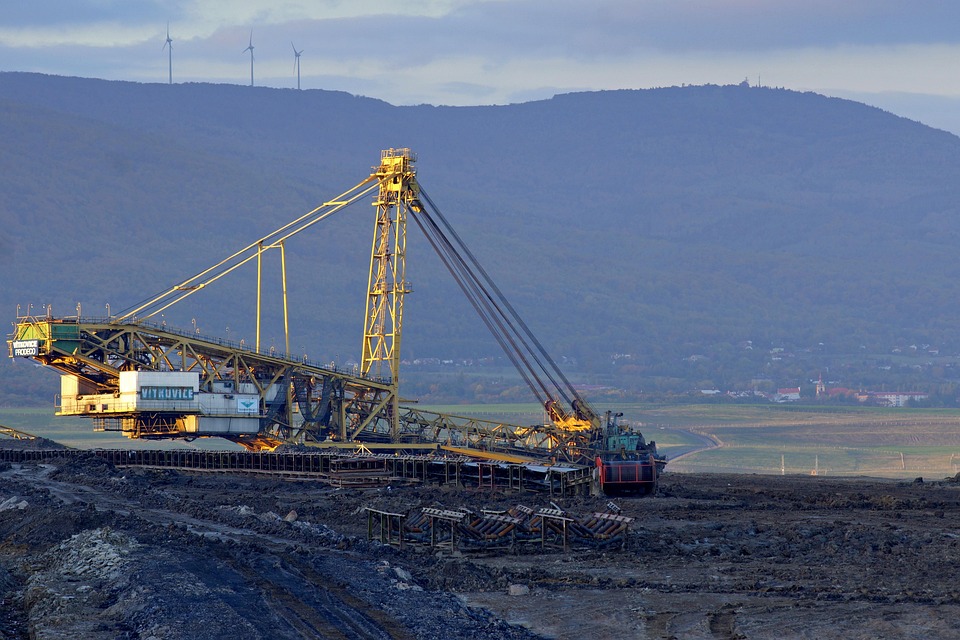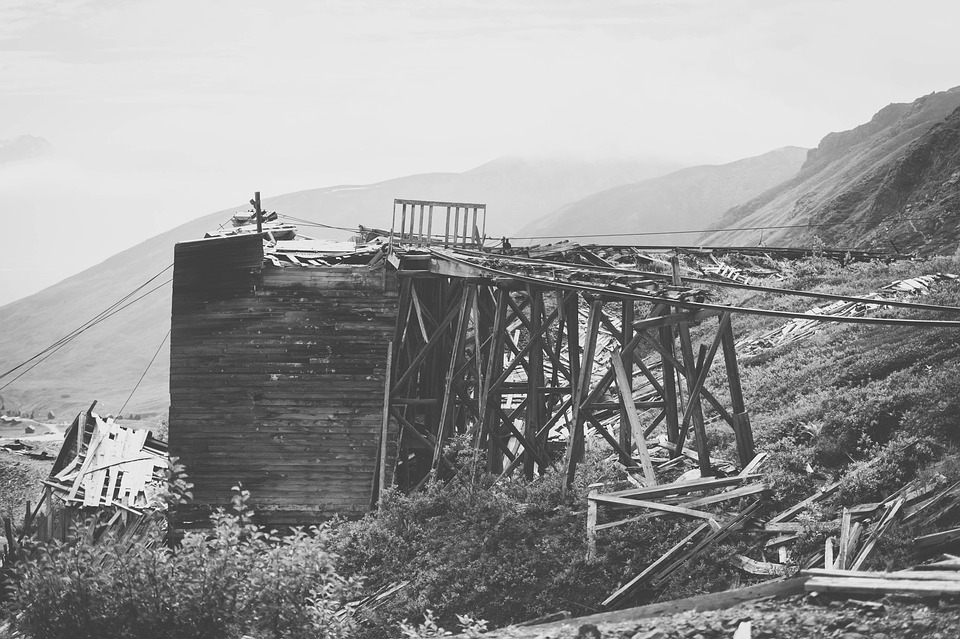US Push for Domestic Critical Minerals Boosted by Executive Order
As the United States aims to bolster production of critical minerals and reduce reliance on foreign imports, President Trump’s recent executive order utilizes the Defense Production Act. This step seeks to provide financing, loans, and investment support essential for domestic processing of these minerals.
This announcement coincided with another spike in copper prices, which exceeded $11,000 per tonne in New York on Thursday, amid ongoing global trade disruptions.
Regional Innovations to Enhance Domestic Mining Efforts
To enhance the United States’ competitive edge in critical minerals and address supply chain weaknesses, innovative solutions at the regional level are crucial. Arizona stands out as the nation’s leading copper-producing state, contributing approximately 70% of the country’s copper output. A promising initiative at the University of Arizona positions it as a frontrunner in this field.
As a finalist in the National Science Foundation (NSF) Regional Innovation Engine Program, the University of Arizona’s Sustainable Mining Innovation and Lifestyle Enhancement Regional Innovation Engine (SMILE) proposal aims to secure up to $160 million over the next decade. The funding will be used to advance environmentally responsible mining practices in Arizona.
“This $160 million opportunity over ten years is distinctive, as it requires demonstrable economic development driving from the region,” noted Kray Luxbacher, head of mining and geological engineering at the University of Arizona. In an interview with MINING.com, she stated, “Southern Arizona is uniquely positioned for the development of mining and mining technology, especially with exciting local projects like South 32’s Hermosa project and the Resolution mine.”

Addressing Workforce and Technological Needs
Workforce development emerges as a primary focus of the SMILE initiative, responding to an impending shortage of skilled workers due to retirements in the mining industry. The program emphasizes cultivating talent starting from elementary education, on up to adults seeking retraining opportunities. Collaborating with the Arizona Department of Education, the initiative aims to raise awareness about careers in mining.
“Pima Community College and Santa Cruz Provisional Community College are key partners in training technicians for mining roles,” said Luxbacher.
Technology also plays a pivotal role; the program explores advancements in mining technology and energy efficiency. “Mining operations are inherently energy-intensive. We are investigating solutions like automated fleets that enhance energy efficiency. A notable focus is the Hermosa project, where a significant portion of mining will be conducted remotely, which could improve both safety and energy consumption,” she explained.
Additionally, the program addresses community sustainability beyond mining operations. Over ten years, the initiative intends to focus on areas near the Hermosa project in Nogales, near the San Javier Proving Ground close to Sahuarita, and around Superior, where the Resolution mine is located. “It is crucial to ensure these communities remain sustainable after mining activities conclude,” Luxbacher stated.
Learning from Canada’s NORCAT Model
At the Hermosa project, automation is a key focus, and the university is collaborating with OEM Komatsu to expand and revitalize their proving ground. “The engine allows us to bolster Komatsu’s resources, enabling access for startup technology companies to test their innovations on a broader scale,” Luxbacher said.
The team has researched Canada’s NORCAT facility, recognizing its uniqueness within North America as a comprehensive underground center for testing scalable mining technologies, including automation and industrial IoT applications. “We envision creating a similar facility in the United States, where startups can validate their technologies without needing to be on an active mine site, providing a hub for technician training as well as advanced engineering degrees,” Luxbacher emphasized.
“Our focus is on mines that utilize the latest automated technologies across the United States, not limited to just Arizona,” she added. “Our initiative encompasses much more than simply being a training center; we draw inspiration from NORCAT to create a robust ecosystem.”
By preparing a workforce skilled in automation and mining, Luxbacher noted, “We believe these skills will also be transferable to industries such as chip manufacturing and other areas in Arizona, making the field appealing to young talent seeking versatile career paths. This expansion will ultimately strengthen the mining industry by broadening the available skilled workforce.”








